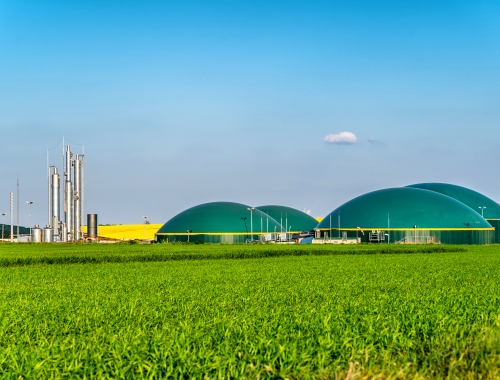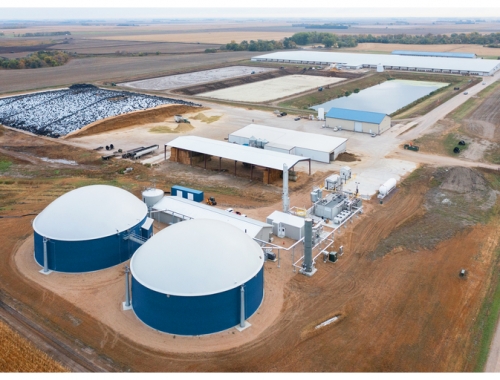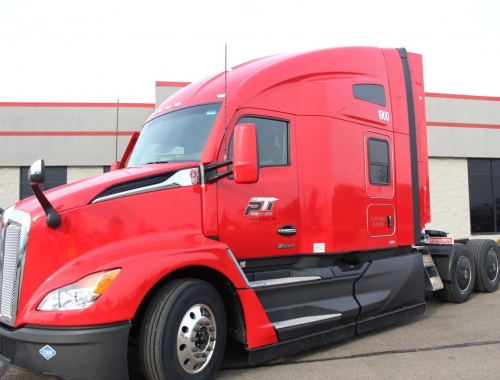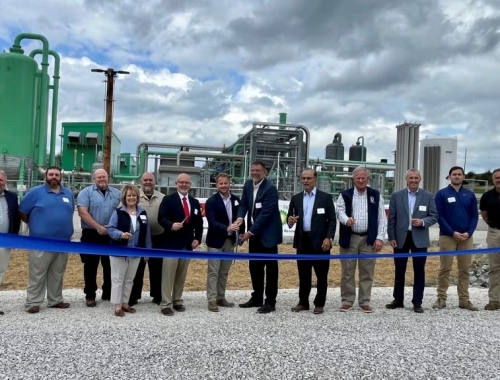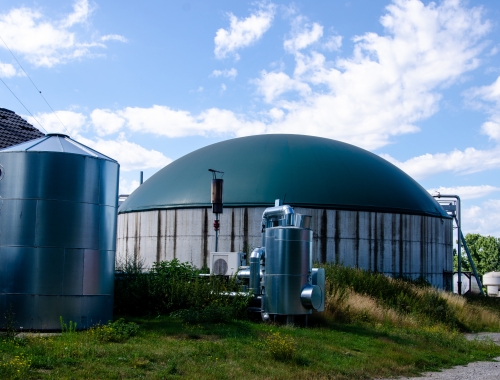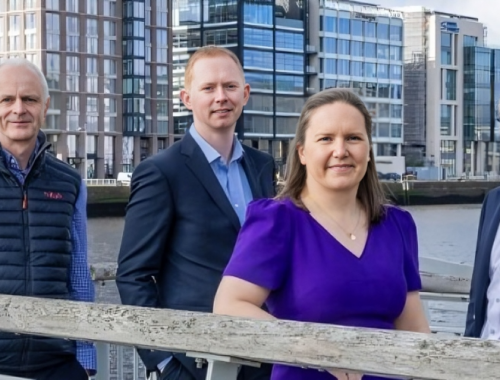US awards seven hydrogen hubs $7bn to fast-track energy transition
SUMMARY
The projects will produce a combined 3mn tonnes of clean hydrogen annually, reducing CO2 emissions by 25mn tonnes.
By Mike WeberPOSTED IN:
Seven proposed regional hydrogen hubs in the US have been awarded $7bn to accelerate the development of the country’s clean hydrogen economy following an announcement by President Joe Biden and Secretary of Energy Jennifer Granholm in Philadelphia on October 13. Combined with additional investments from private companies, the total investment in the sector is set to reach $50bn.
Funded by the Bipartisan Infrastructure Law, the hydrogen hubs will support the development of a national network of clean hydrogen producers, consumers, and infrastructure that will aid the production, storage, delivery, and end-use of clean hydrogen.
Together, the hydrogen hubs are projected to produce a total of 3mn tonnes of hydrogen yearly, which is almost one third of the US’s 2030 production target and is projected to reduce CO2 emissions by 25mn t annually from end-uses each year in hard-to-abate industries. The hydrogen hubs will also create tens of thousands of direct jobs and construction jobs.
Winning projects
A total of 79 proposals had been submitted for the funding before the seven winners were selected. The selected projects include the Appalachian Hydrogen Hub, California Hydrogen Hub, Gulf Coast Hydrogen Hub, Heartland Hydrogen Hub, Mid-Atlantic Hydrogen Hub, Midwest Hydrogen Hub, and Pacific Northwest Hydrogen Hub.
For the US’s nascent blue hydrogen industry, the announcement marks a huge step forward in the scaling up of the sector. Two of the hubs, namely the Appalachian Hydrogen Hub and the Heartland Hydrogen Hub will primarily rely on blue hydrogen. The Heartland Hub, which includes oil and gas companies Xcel Energy and Marathon Petroleum will utilise natural gas that would otherwise be flared. The Appalachian Hub, which includes fossil gas producer EQT, will derive its blue hydrogen from natural gas and the associated carbon dioxide emissions will be captured and stored permanently.
In total, four of the hubs will produce blue hydrogen, including the Gulf Coast Hub and Midwest Hydrogen Hub. The Gulf Coast Hub will be the largest of all the hubs, and 2mn t of the 3mn t of CO2 emitted from blue hydrogen production from natural gas will be captured and stored. In order to facilitate this, some of the region’s current facilities will be upgraded to incorporate carbon capture equipment and pipelines.
The seven selected hubs now enter the next stage of a long process that will require them to complete milestones set by the Department of Energy. The negotiations will involve four phases, including design, development, permitting, financing, and construction. It is expected that the negotiations will go into 2024.
While it is possible that hubs may not make it through the negotiation stage and be awarded the funding, representatives from many of the hubs have indicated that their projects took key preparations and made preliminary equipment purchases ahead of the official announcement to make certain that the hubs would be operational.
The process of developing an entire ecosystem for a hub will require a long lead time. Following the completion of negotiations, the hubs will begin a lengthy planning phase that could last up to a year and a half. During this phase, the hubs will design their architecture, secure offtake agreements, confirm site selections, and produce estimates for their production and offtake facilities. Two to three years of project development will then be followed by up to four years of construction and an additional two to four years for expanding operations.
In the meantime, the hydrogen sector will be watching closely the outcome of the guidance from the Treasury Department on how to access subsidies from the Inflation Reduction Act’s hydrogen tax credit, known as 45V, which are expected to be detailed before the end of the year.
The guidance will define how to count emissions and determine qualification for the award of up to $3/kg of hydrogen produced. With some uncertainty still hanging in the balance on how the tax subsidies will play out, some industry players have expressed frustration that the process is being stalled since they are currently unable to model returns until policy around subsidies’ has been clearly established.
On the other hand, some industry players have expressed that they have already done their modelling and have confirmations of offtakers that have indicated they will pay a price premium for very low-carbon or zero-carbon hydrogen.
The announcement is a huge first step forward for the development of the US’s hydrogen hubs but there are still many moving parts and the commencement of commercial operations of the hubs are still a handful of years away. Nevertheless, it marked a monumental milestone for a fledgling industry that offers enormous potential for decarbonisation. The US government has indicated that it sees hydrogen as a crucial component in reducing 25% of global climate emissions by 2050. Hydrogen offers game changing potential for decarbonisation thanks to its ability to reduce emissions in heavy transportation and heavy industry that other alternatives simply cannot match. The hydrogen economy is coming, and it will be worth the wait as the momentum continues to build.

